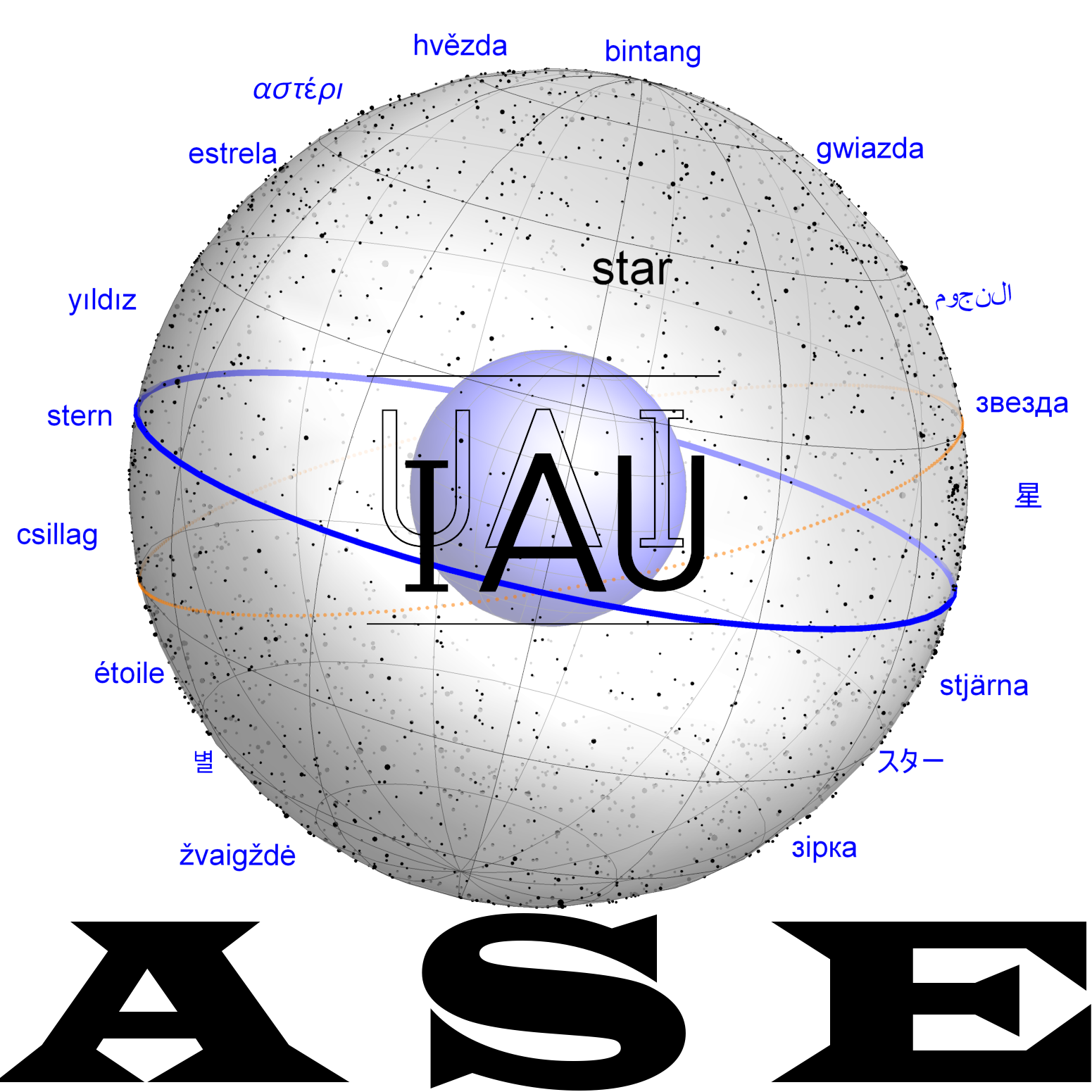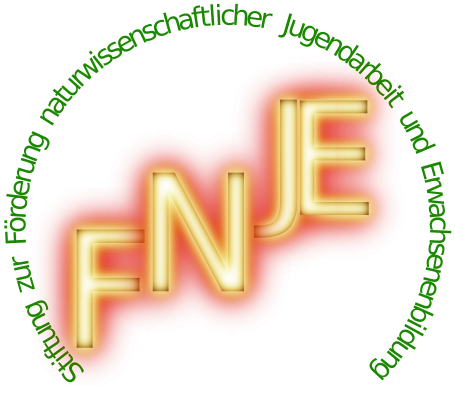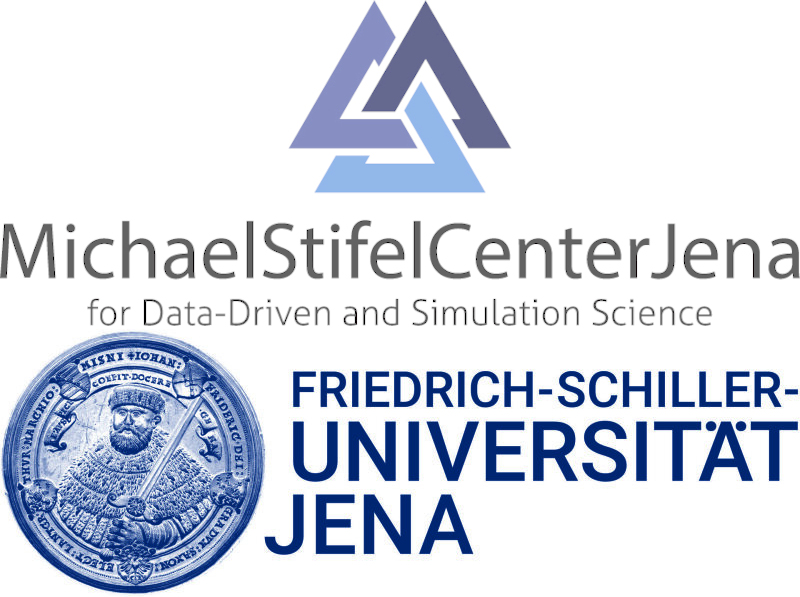KA: Difference between revisions
No edit summary |
No edit summary |
||
| Line 1: | Line 1: | ||
<sup>mul</sup>KA is an ancient Mesopotamian asterism. |
<sup>mul</sup>KA is an ancient Mesopotamian asterism that is equaled to the constellation of The Dead Man, so they . |
||
==Dictionary== |
==Dictionary== |
||
| Line 6: | Line 6: | ||
=== Kurtik with Hilder, Hoffmann, Horowitz, Kim === |
=== Kurtik with Hilder, Hoffmann, Horowitz, Kim === |
||
= pû "Mouth"; |
|||
| ⚫ | |||
| ⚫ | |||
* 2) figure the element of some constellations. |
|||
{| class="wikitable" |
{| class="wikitable" |
||
|+ |
|+ |
||
| Line 15: | Line 19: | ||
| |
| |
||
|- |
|- |
||
|'''Calendrical ritual text BM 55466+.''' |
|'''Calendrical ritual text BM 55466+.''' |
||
* (a) |
|||
(a) pu-uš-ša<sub>2</sub>-ni-tu<sub>4</sub> pu-u<sub>2</sub> za-ni-tu<sub>4</sub> šum<sub>3</sub>-šu<sub>2</sub> ana muḫ-ḫi <sup>múl</sup>pî(ka) qa-bi "Pushshanîtu is his name, which means Angry Mouth, so they say (when referring to) the constellation (star) Mouth"; (b) <sup>múl</sup>pû(ka) : <sup>múl</sup>pagru(adda) : ti-amat tu-u<sub>16</sub>-am-tu<sub>4</sub> šum<sub>3</sub>-šu<sub>2</sub> 2 pa-nu-šu<sub>2</sub> ziqar(nita) u sinniš(munus) šu-u<sub>2</sub> "(The constellation/star) Mouth is equivalent to (the constellation) Dead Man, which is equivalent to Tiamat. Its name is the female twins and it has two faces, male and female" [STC II, Pl. LXX r. 12; Reynolds 1999, 370-371, 376]. |
|||
** pu-uš-ša<sub>2</sub>-ni-tu<sub>4</sub> pu-u<sub>2</sub> za-ni-tu<sub>4</sub> šum<sub>3</sub>-šu<sub>2</sub> ana muḫ-ḫi <sup>múl</sup>pî(ka) qa-bi |
|||
** "Pushshanîtu is his name, which means Angry Mouth, so they say (when referring to) the constellation (star) Mouth"; |
|||
* (b) <sup>múl</sup>pû(ka) : |
|||
** <sup>múl</sup>pagru(adda) : ti-amat tu-u<sub>16</sub>-am-tu<sub>4</sub> šum<sub>3</sub>-šu<sub>2</sub> 2 pa-nu-šu<sub>2</sub> ziqar(nita) u sinniš(munus) šu-u<sub>2</sub> |
|||
** "(The constellation/star) Mouth is equivalent to (the constellation) Dead Man, which is equivalent to Tiamat. Its name is the female twins and it has two faces, male and female" [STC II, Pl. LXX r. 12; Reynolds 1999, 370-371, 376]. |
|||
| |
| |
||
|- |
|- |
||
|'''Dalbanna-text.''' |
|'''Dalbanna-text.''' |
||
§K. <sup>[mu]l</sup> ka x x x x [Walker 1995, 31; ASM, 106]; = <sup>[mu]l</sup>ka l[u?.li]m? "mouth of the Stag" (ε Cas), according to [Koch 1995, 58]. |
* §K. <sup>[mu]l</sup> ka x x x x [Walker 1995, 31; ASM, 106]; = <sup>[mu]l</sup>ka l[u?.li]m? "mouth of the Stag" (ε Cas), according to [Koch 1995, 58]. |
||
* §z. <sup>mul</sup>ka ur.gi<sub>7</sub> "mouth of the Dog (φ Her) [Walker 1995, 41; Koch 1995, 51, 64; ASM, 111]. |
|||
| |
| |
||
|} |
|} |
||
See also a09[[AD6|AD<sub>6</sub>]], g24[[Gizzānītu]]. |
See also (Kurtik a09) [[AD6|AD<sub>6</sub>]], (Kurtik g24) [[Gizzānītu]]. |
||
=== Additional === |
=== Additional === |
||
| Line 30: | Line 40: | ||
As a constellation: |
As a constellation: |
||
Since the |
Since the Mouth is identified with the Deadman, we can consider these names as representing the same constellation/star in the constellation Delphinus(?) [Weidner 1959-60, 108, Anm. 22]. |
||
As an element of the figure of the constellation: |
As an element of the figure of the constellation: |
||
Revision as of 13:35, 11 April 2025
mulKA is an ancient Mesopotamian asterism that is equaled to the constellation of The Dead Man, so they .
Dictionary
Krebernik (2023)
= šēlebu “fox”. mulKA5.A (EN 17r).
Kurtik with Hilder, Hoffmann, Horowitz, Kim
= pû "Mouth";
- 1) constellation or star in Delphinus (?) [G. 204; Reynolds 1999], [in the specific case when it refers to the area of the Dead Man]
- 2) figure the element of some constellations.
| Sources | Identifications |
|---|---|
| "i. mulka = mullu2.uš2 "Mouth = Dead Man." [Mesop.Astrol., App. B:160; Weidner 1959-60, 107:22 u. Anm., Taf. XXXI iii 22]. | |
Calendrical ritual text BM 55466+.
|
|
Dalbanna-text.
|
See also (Kurtik a09) AD6, (Kurtik g24) Gizzānītu.
Additional
II. Identification.
As a constellation:
Since the Mouth is identified with the Deadman, we can consider these names as representing the same constellation/star in the constellation Delphinus(?) [Weidner 1959-60, 108, Anm. 22].
As an element of the figure of the constellation:
(1) UR.GI7, V 1 (u19).
(2) LU.LIM, V 7 (L09).
Historical Dictionaries
| Kurtik (2022) | Gössmann (1950) |
|---|---|
| = pû «Рот»; 1) созвездие или звезда в Дельфине (Delphinus) (?) [G. 204; Reynolds 1999], 2) элемент фигуры некоторых созвездий.
I. Источники. «Большой список звезд». mulka = mullu2.uš2 «Рот = Мертвец» [Mesop.Astrol., App. B:160; Weidner 1959–60, 107:22 u. Anm., Taf. XXXI iii 22]. Календарный ритуальный текст BM 55466+. a) pu-uš-ša2-ni-tu4 pu-u2 za-ni-tu4 šum3-šu2 ana muḫ-ḫi múlpî(ka) qa-bi «Пушшаниту его имя, что означает Сердитый Рот, так говорят, (когда имеют в виду) созвездие (звезду) Рот»; b) múlpû(ka) : múlpagru(adda) : ti-amat tu-u16-am-tu4 šum3-šu2 2 pa-nu-šu2 ziqar(nita) u sinniš(munus) šu-u2 «(Созвездие/звезда) Рот эквивалентно (созвездию) Мертвец, которое эквивалентно Тиамат. Его имя — женские близнецы, у него два лица – мужское и женское» [STC II, Pl. LXX r. 12; Reynolds 1999, 370–371, 376]. Dalbanna-текст. §K. [mu]l ka x x x [Walker 1995, 31; ASM, 106]; = [mu]lka l[u?.li]m? «рот Оленя» (ε Cas), согласно [Koch 1995, 58]. §z. mulka ur.gi7 «Пасть Пса (φ Her) [Walker 1995, 41; Koch 1995, 51, 64; ASM, 111]. См. также a09AD6, g24Gizzānītu. II. Отождествление. Как созвездие: Поскольку Рот отождествляется с Мертвецом, можно думать, что речь идет о названиях одного и того же созвездия/звезды в созвездии Дельфина(?) [Weidner 1959–60, 108, Anm. 22]. Как элемент фигуры созвездия: (1) UR.GI7, V 1 (u19). (2) LU.LIM, V 7 (L09). |
Example |




